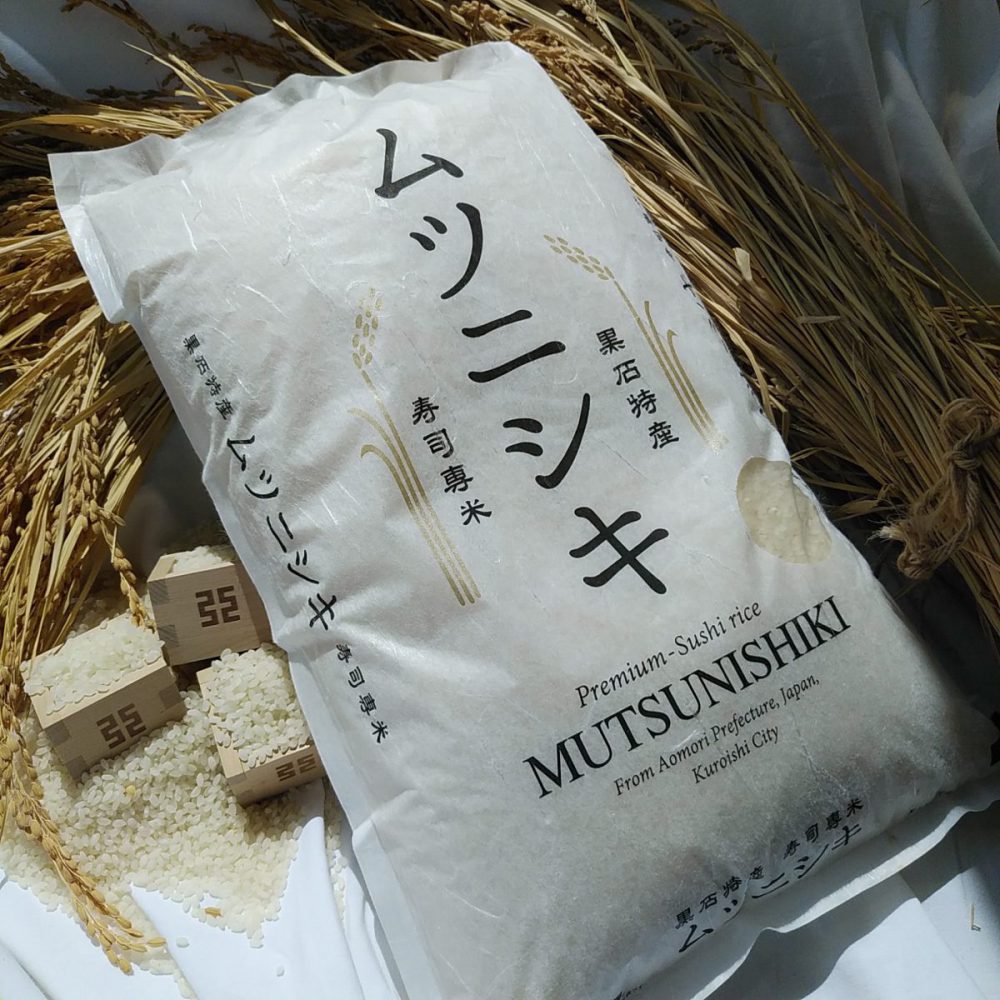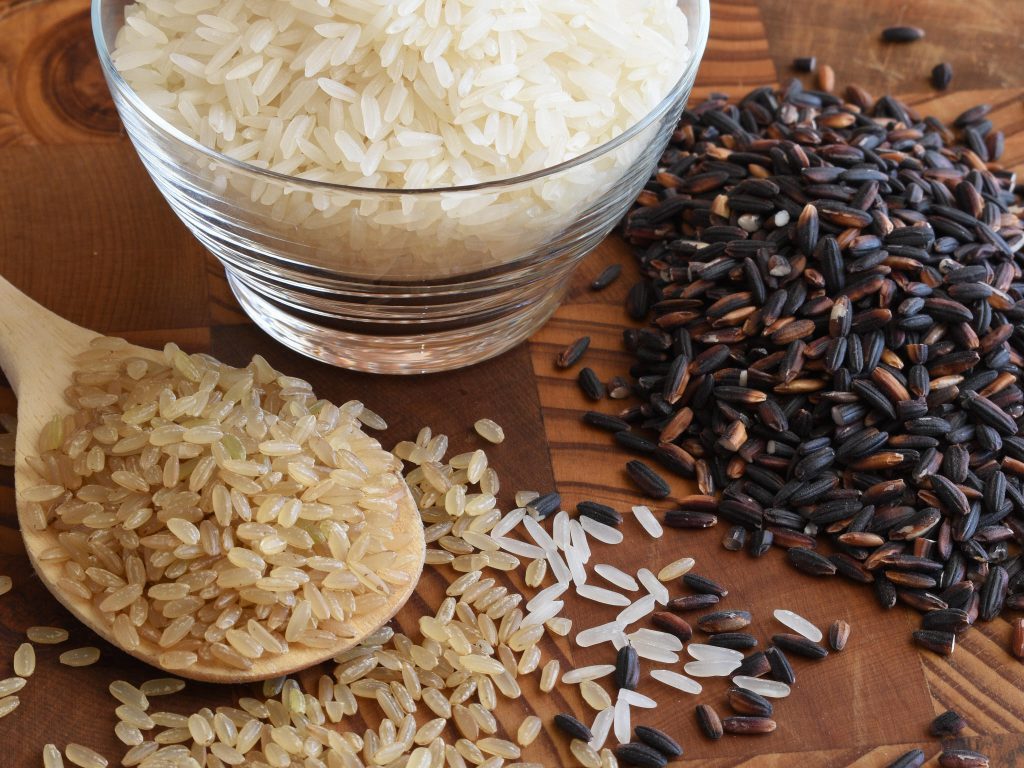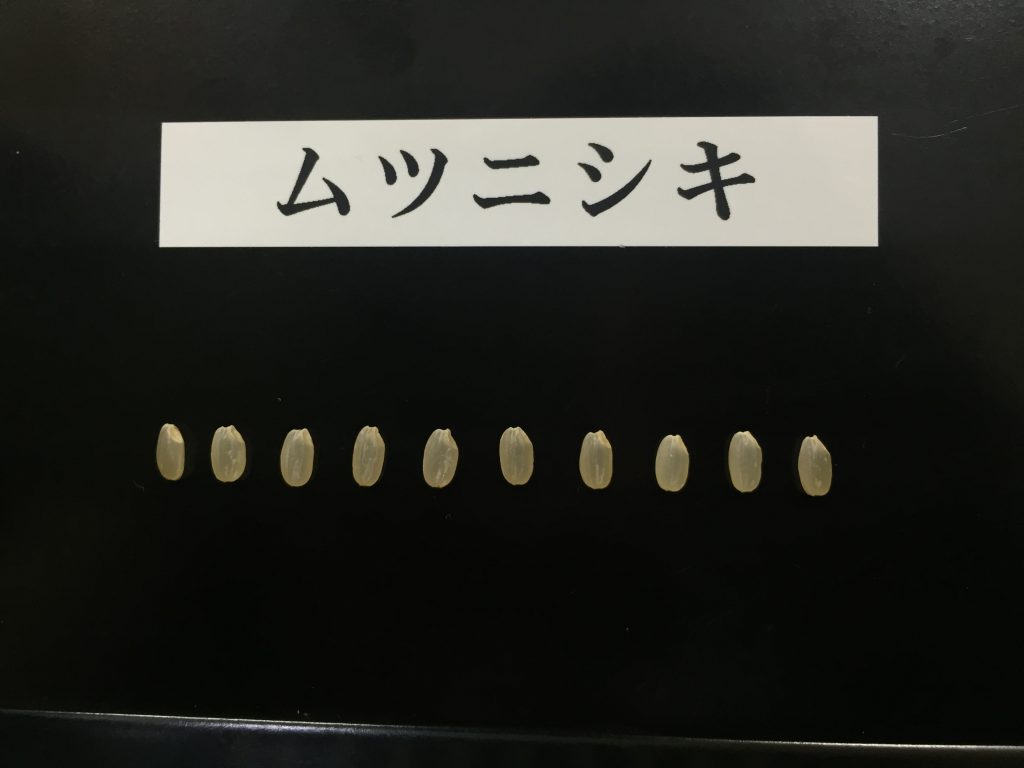The Phantom of the Rice Fields -Mutsunishiki Part 1

Often enjoyed as a side dish to mains, or even as a complete meal on its own, rice is a versatile universal staple. Different varieties of rice are consumed throughout the world. You may be aware of some. There’s the fluffy Thai Jasmine rice, India’s loose and fragrant Basmati, various short grain rices consumed from East Asia to Italy and beyond, and many more. Apart from their difference in size and where they come from, there are many factors that make these different varieties distinct from each other. Each variant has its unique characteristics. They all have different levels of starch, different flavours and interact with ingredients differently. After all, you’d be hard pressed to make sushi with basmati rice.

Let’s slow down a little. First of all, what exactly is right? Rice is a grain. I’m sure all of you know that. Specifically, rice is actually the seed of a few grass species of the genus Oryza. Yep, that’s right, seeds. Just like other grains. The cultivation of rice itself is quite interesting. Approaches vary significantly depending on climate and space. For example you have upland rice cultivation in countries such as Nepal, where rice is grown dry, similarly to wheat or corn.

On the other hand you have the perhaps more well-known rice paddy cultivation, where rice is grown in flooded fields. Paddy can be found in all sorts of different places, from large open spaces to areas that have been carved into mountainsides. Rice in Japan is cultivated and subsequently harvested in rice paddies. Rice is planted in spring and gently cared for until it is harvested in autumn. After it is harvested it is processed and then sold off to consumers.

Rice is a big part of Japanese culture. That being said though, rice consumption in recent years has been going down in favour of other carbohydrate sources such as bread and noodles. Because of this, brands have changed their positioning to have more of a focus on the specialities of the rice. Brands will position their rice as being ideal for particular dishes, such as onigiri. As mentioned earlier, different varieties of rice all grow differently. Japan’s numerous varieties are of no exception to this. Among short-medium grain Japanese rices, some kinds just work better than others when it comes to certain dishes.
Take sushi, for example. Sushi rice is prepared by mixing a specially prepared vinegar with freshly cooked rice. Excluding varieties like Bomba (which contains higher levels of amylose, a starch that does not thicken when cooked) short grained rices tend to be stickier (short grained rices typically contain higher levels of the starch amylopectin, which turns sticky when cooked), naturally making them much more suited for use in sushi. Stickiness isn’t all, however. Different varieties of rice have different fragrances and their makeup causes them to interact with other ingredients differently. Among Japanese rice variants, there are some that are said to provide a superior sushi experience. One of these is Kuroishi’s Mutsunishiki, a sushi speciality rice.

Mutsunishiki first appeared in 1971. Not only consumed locally, the rice was also transported by ferry all the way to Hakodate in Hokkaido (Hokkaido, Japan’s northernmost prefecture is a large island that neighbours Aomori to the north.) It was well received, in particular for its taste, but suffered from the grass being tall and prone to falling over, ultimately making it a difficult rice to grow. This lead to Mutsunishiki being overshadowed by other brands and ultimately disappearing in 1998. With its disappearance, it was considered somewhat of a phantom. After a long absence, Mutsunishiki, “the phantom” was brought back. In 2018 it made its new debut to much acclaim. It received particular praise for its gentle sweetness, softness, and ability to blend with other sushi ingredients without interfering in their flavours.

Be sure to join us for part two where we’ll be visiting one of Kuroishi’s best sushi restaurants to taste Mutsunishiki rice prepared by a pro!
